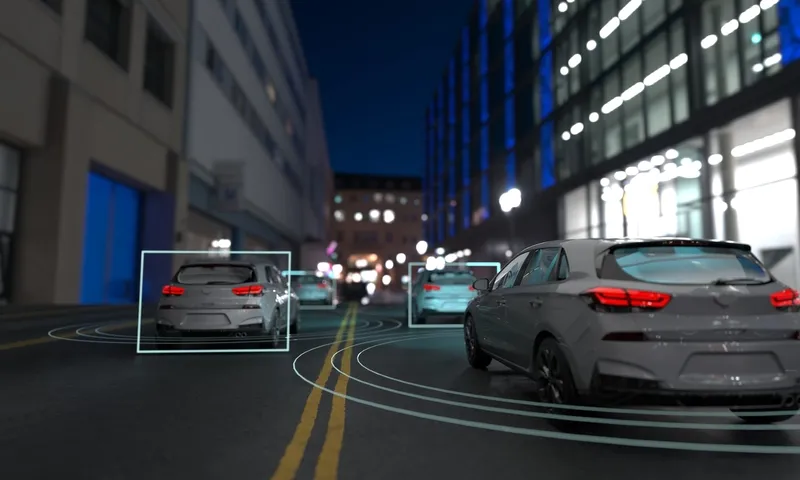Image Sensing Systems has launched its first software-only product, CitySync Recognition as a Service (RaaS), a solution which gives any and all businesses and governments the power to use and access the state-of-the-art CitySync licence plate recognition (LPR) engine.
CitySync RaaS is an annual service that provides organisations with a fast, accurate automated licence plate recognition engine. This stand-alone solution can be implemented into any size organisation or infrastructure without the need fo
June 27, 2014
Read time: 2 mins
CitySync RaaS is an annual service that provides organisations with a fast, accurate automated licence plate recognition engine. This stand-alone solution can be implemented into any size organisation or infrastructure without the need for purchasing expensive software. CitySync RaaS is delivered as a cloud-based solution as standard but can also be installed as an on-premises solution and is adaptable to the needs of any business.
“Releasing our world renowned CitySync LPR engine as a stand-alone solution, CitySync RaaS, is a true game changer,” said Kris Tufto, president and CEO of Image Sensing Systems, Inc. “Customers recognise that the backbone of any successful LPR solution is the OCR engine and CitySync RaaS allows even the most casual user to take advantage of the best, most revered LPR engine in the industry. We’ve not only expanded the availability of this technology to multiple markets, but we also reduced the cost of entry for end users – a true win-win for our customers.”









